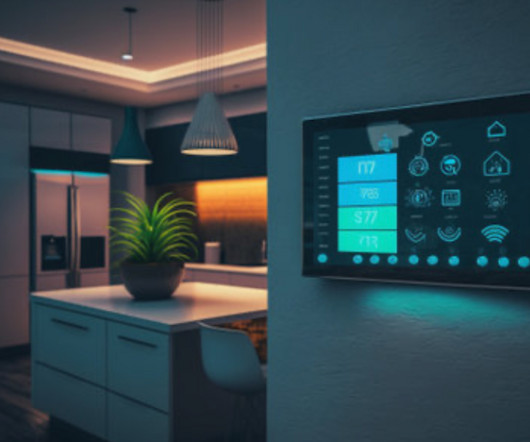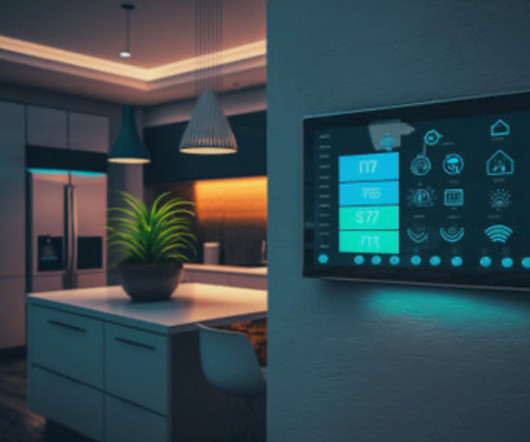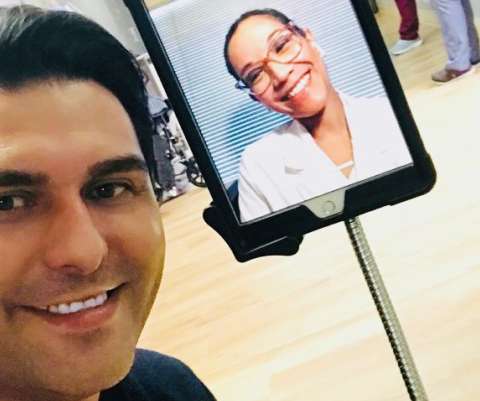Why have billion dollar digital health companies struggled since the pandemic?
Lloyd Price
MAY 6, 2023
Other areas that received significant investment included telemedicine, digital therapeutics, and health insurance technology. Other areas that received significant investment included telemedicine, behavioral health, and clinical decision support tools. Why has Talkspace struggled since the pandemic?


















Let's personalize your content